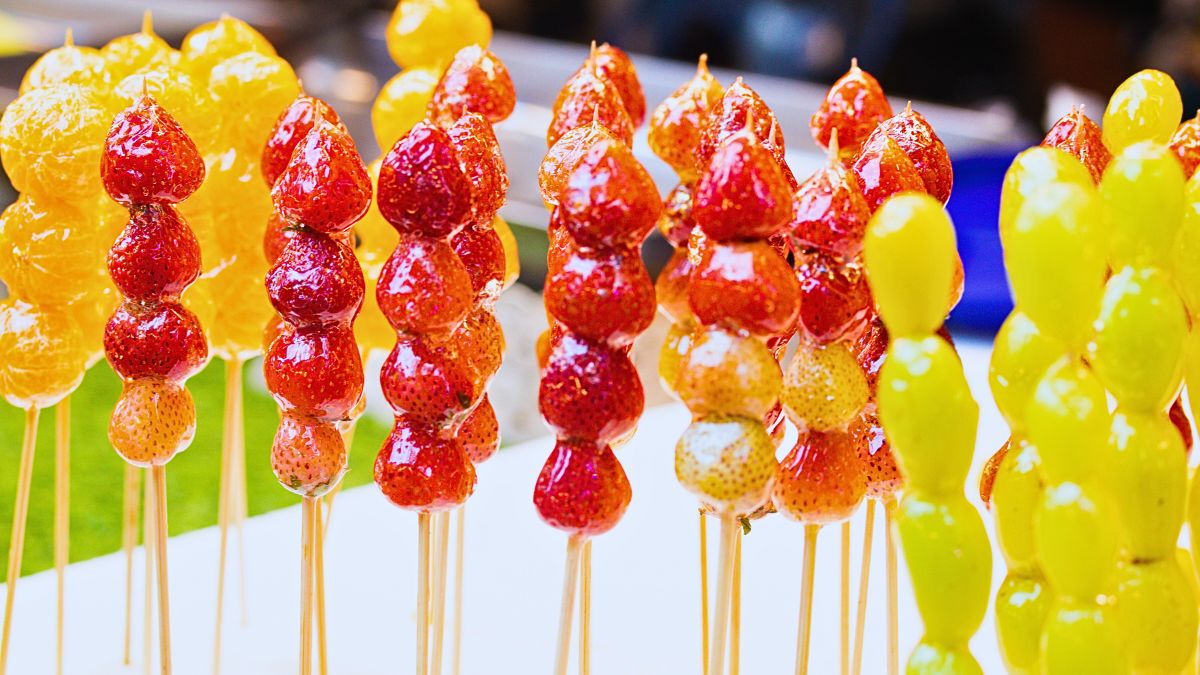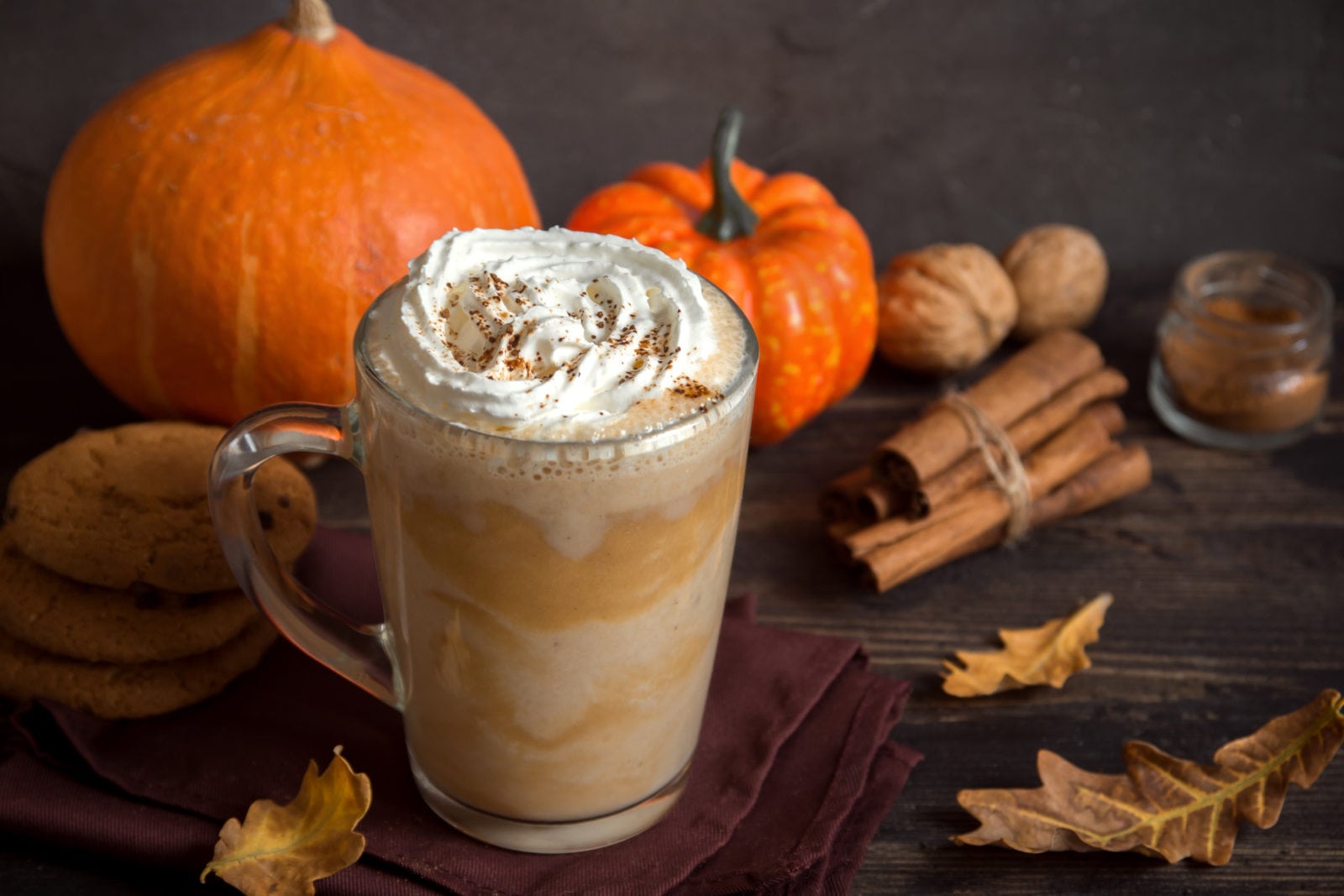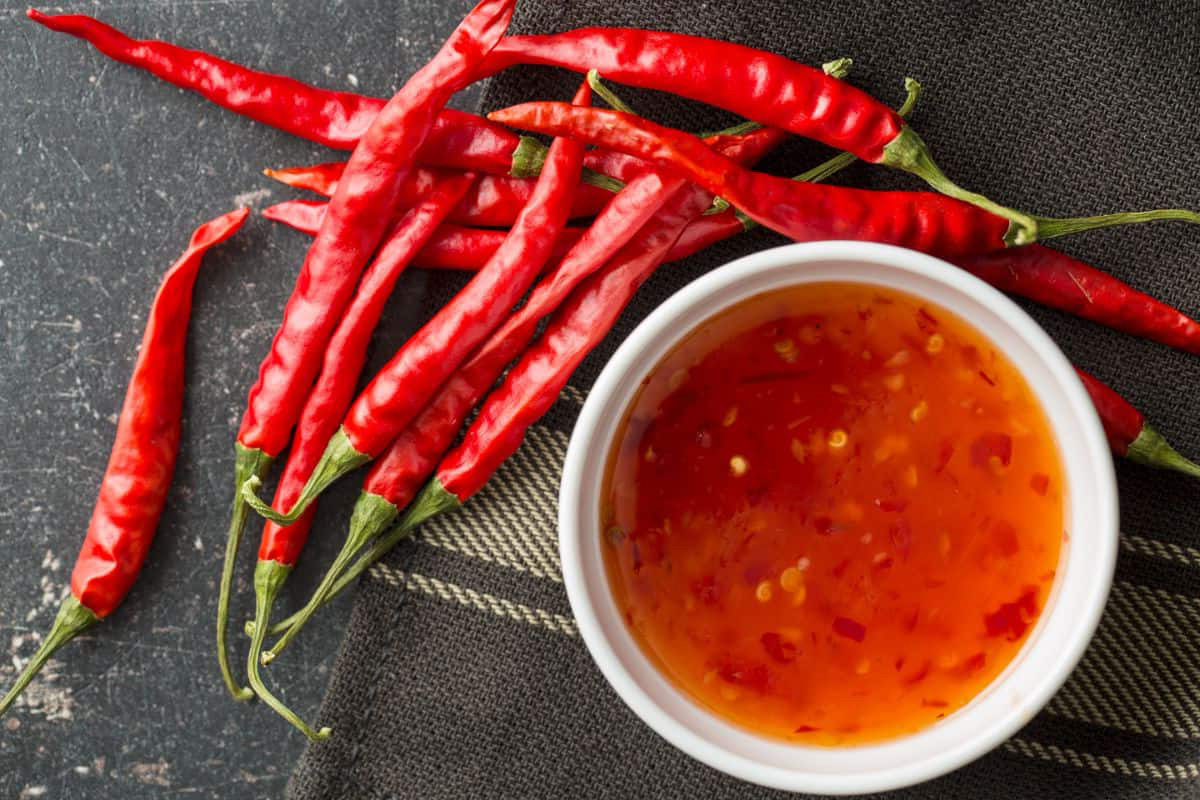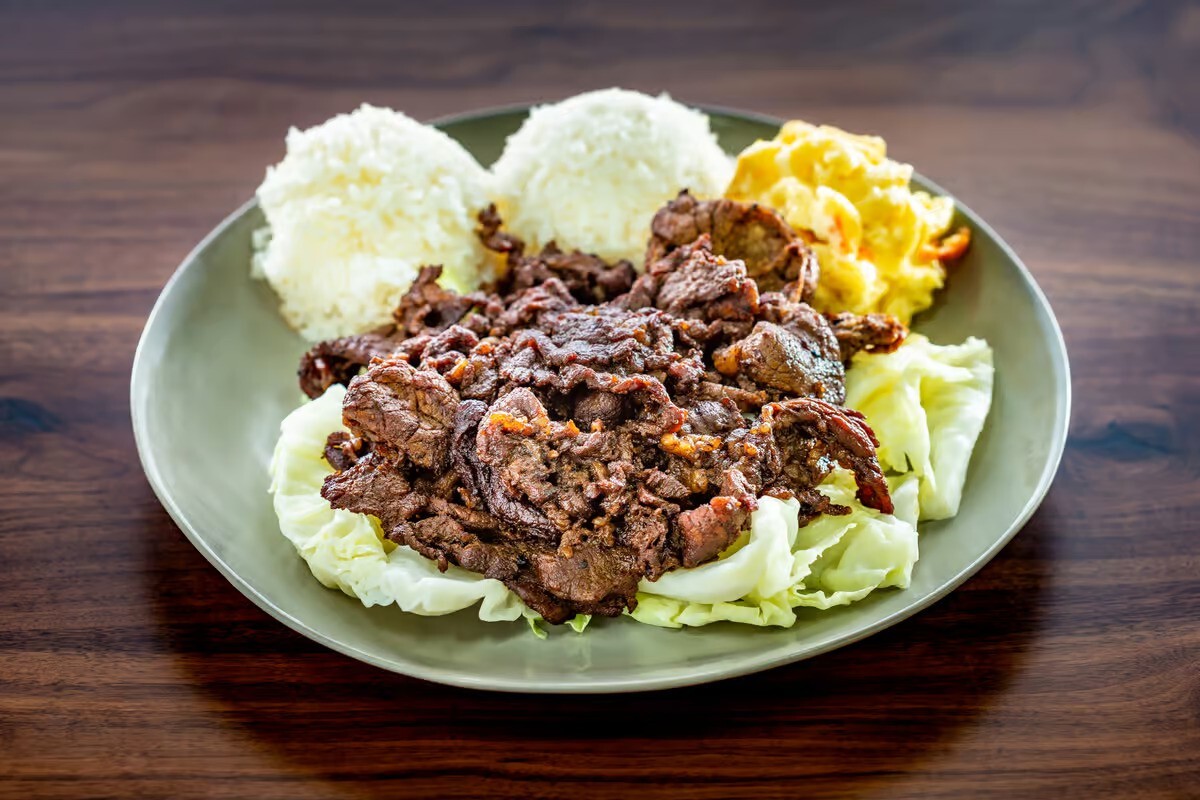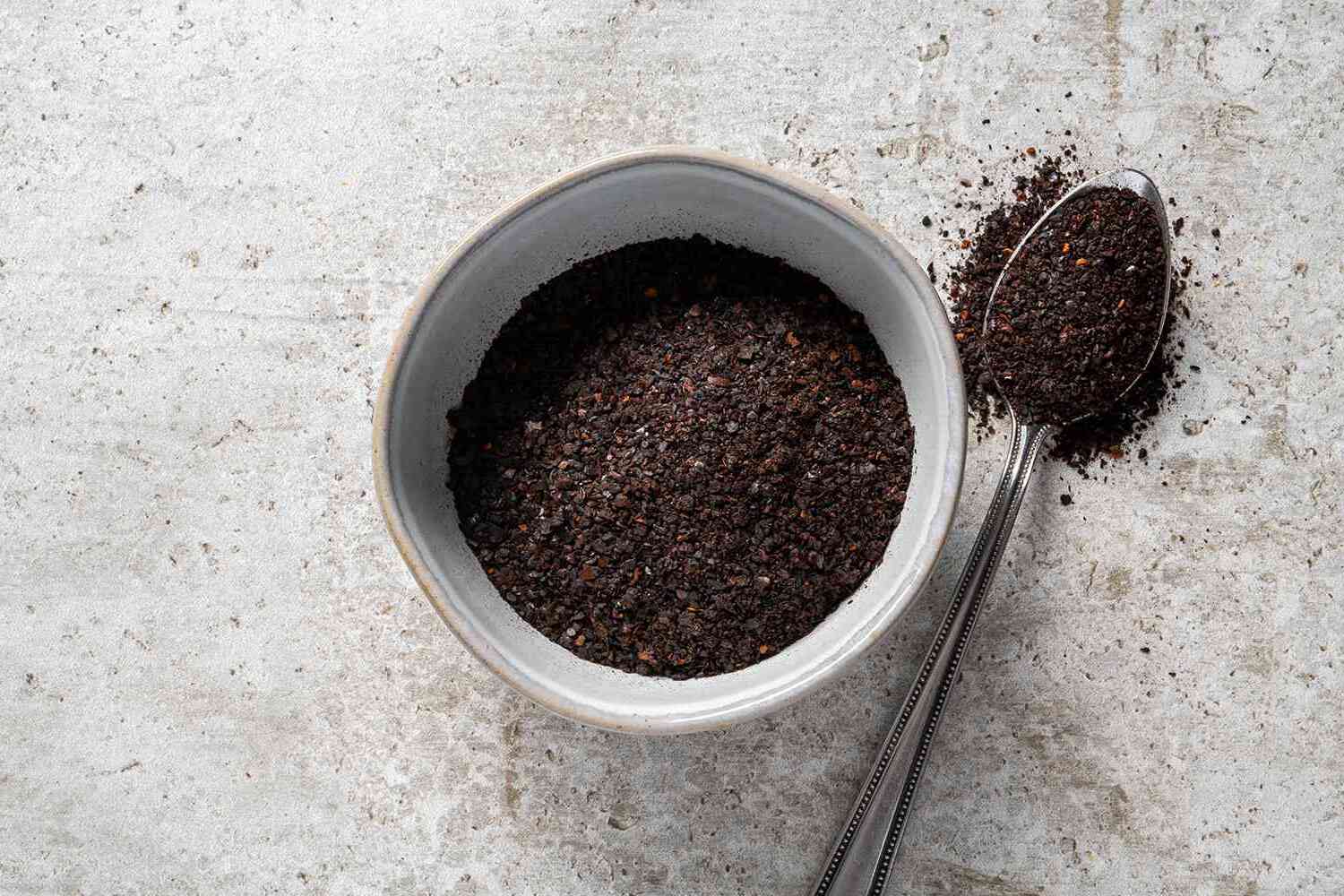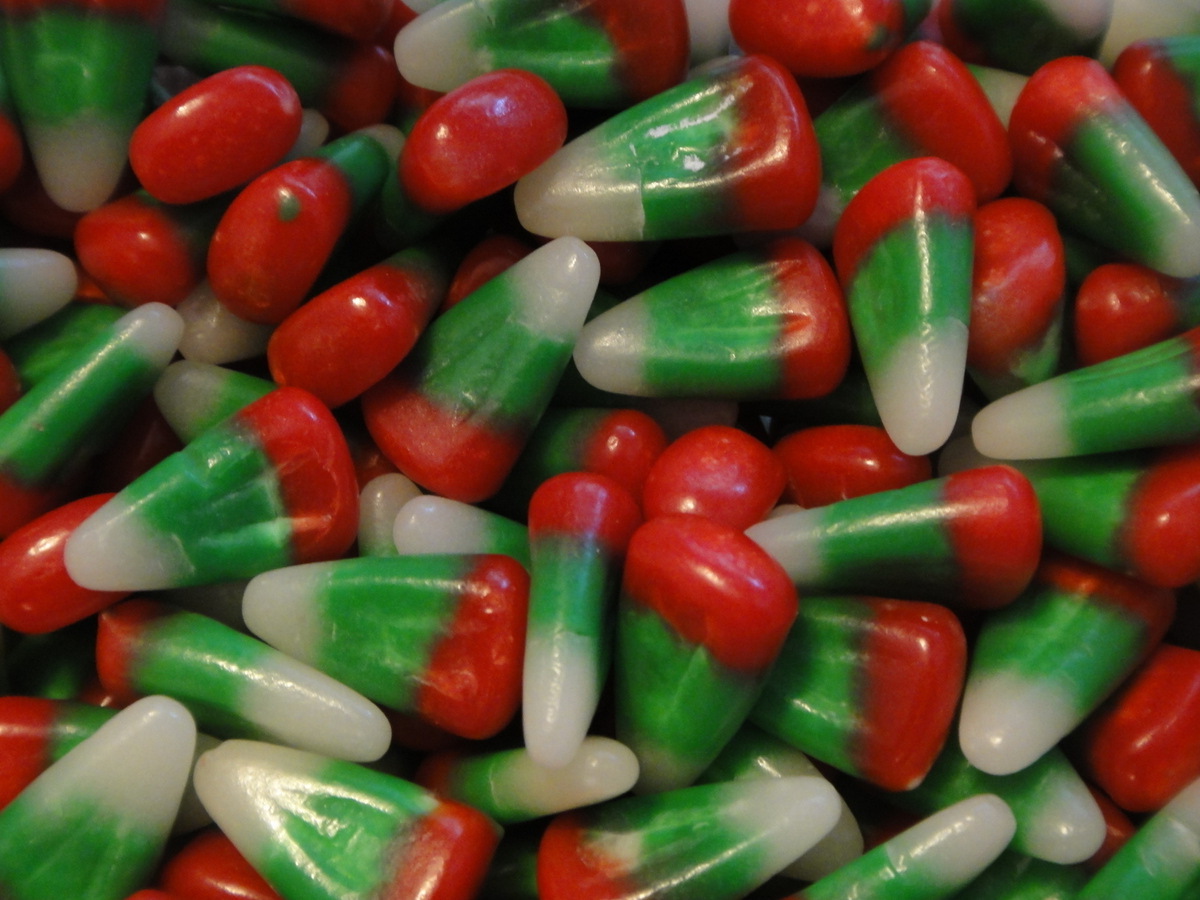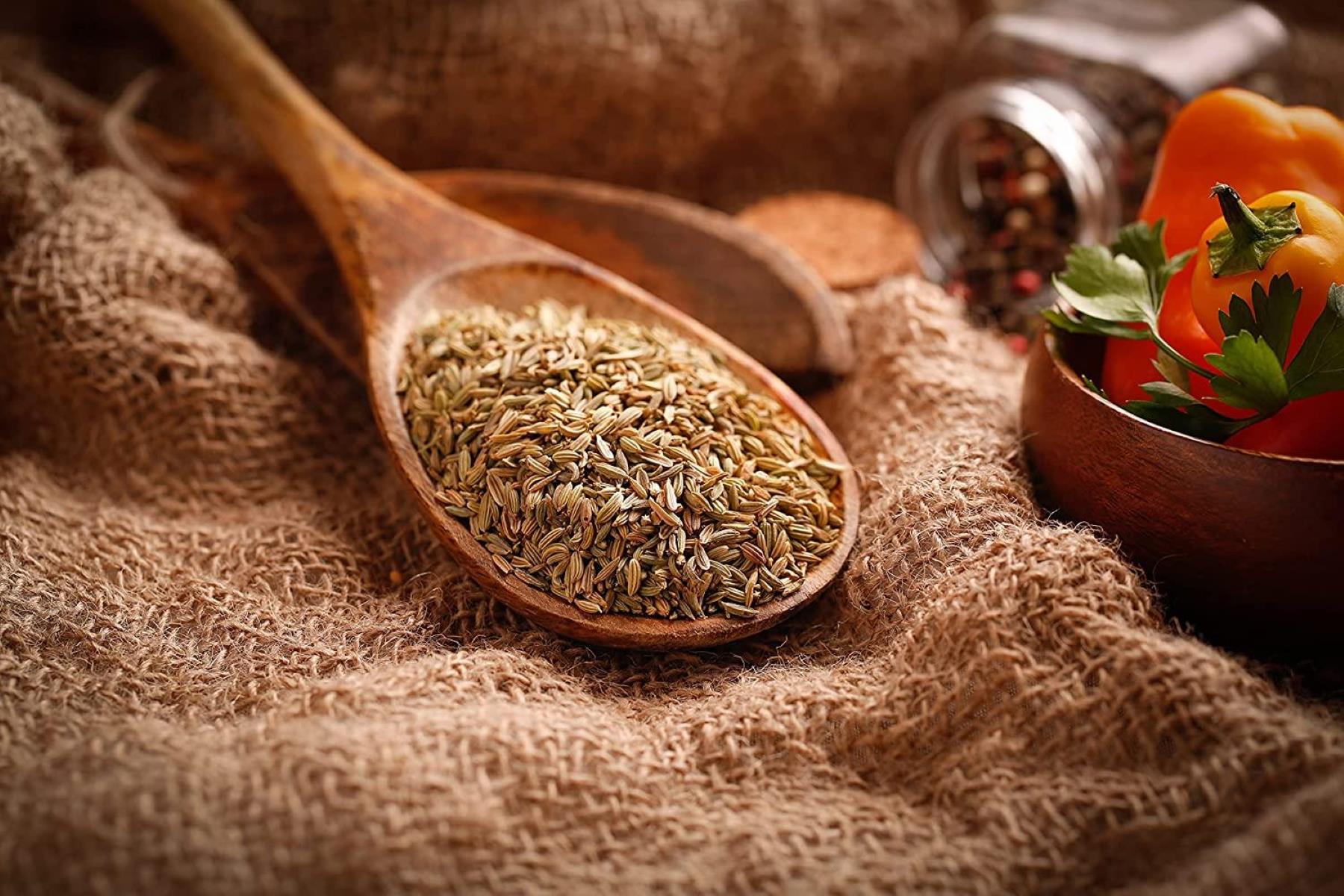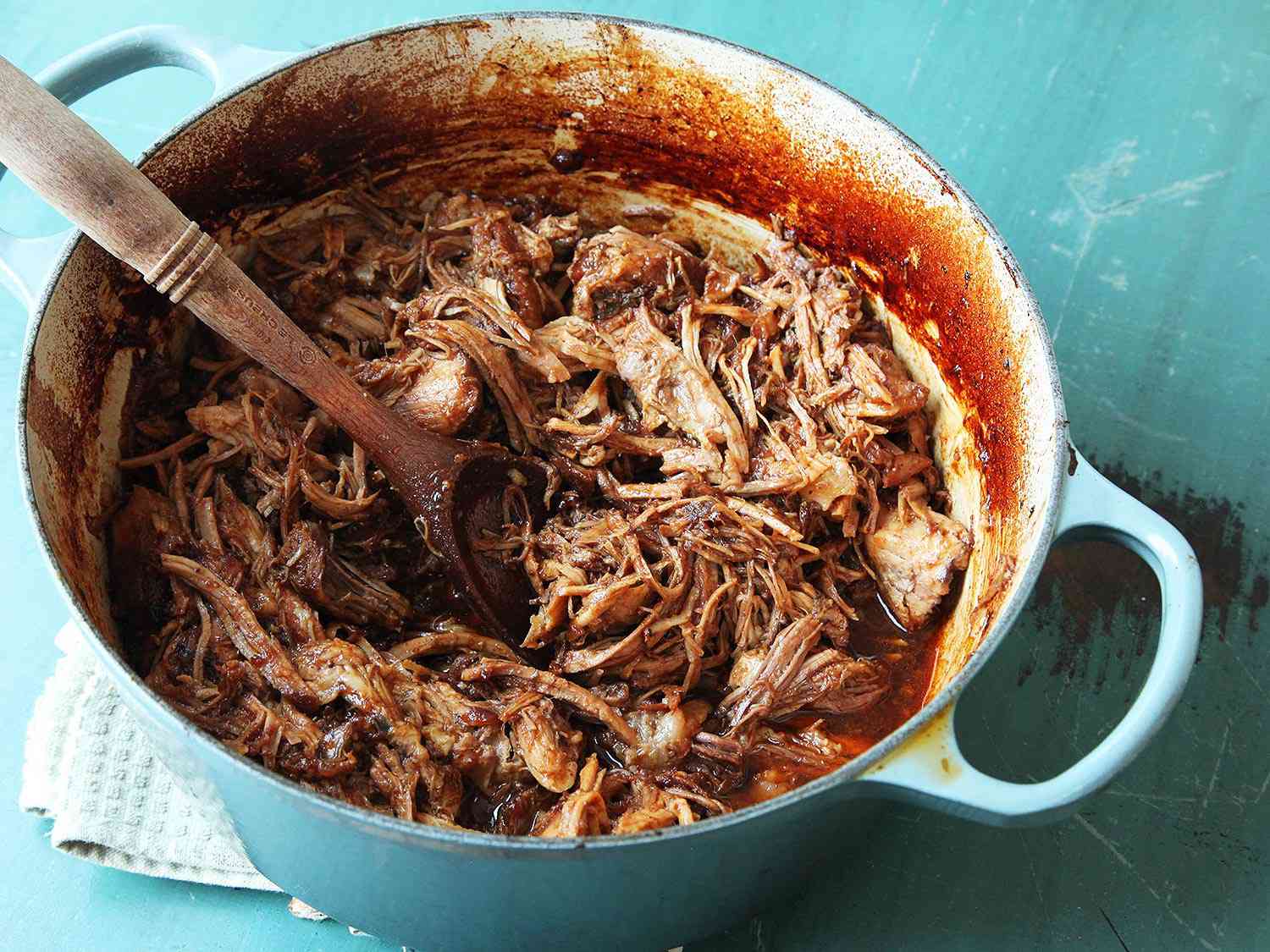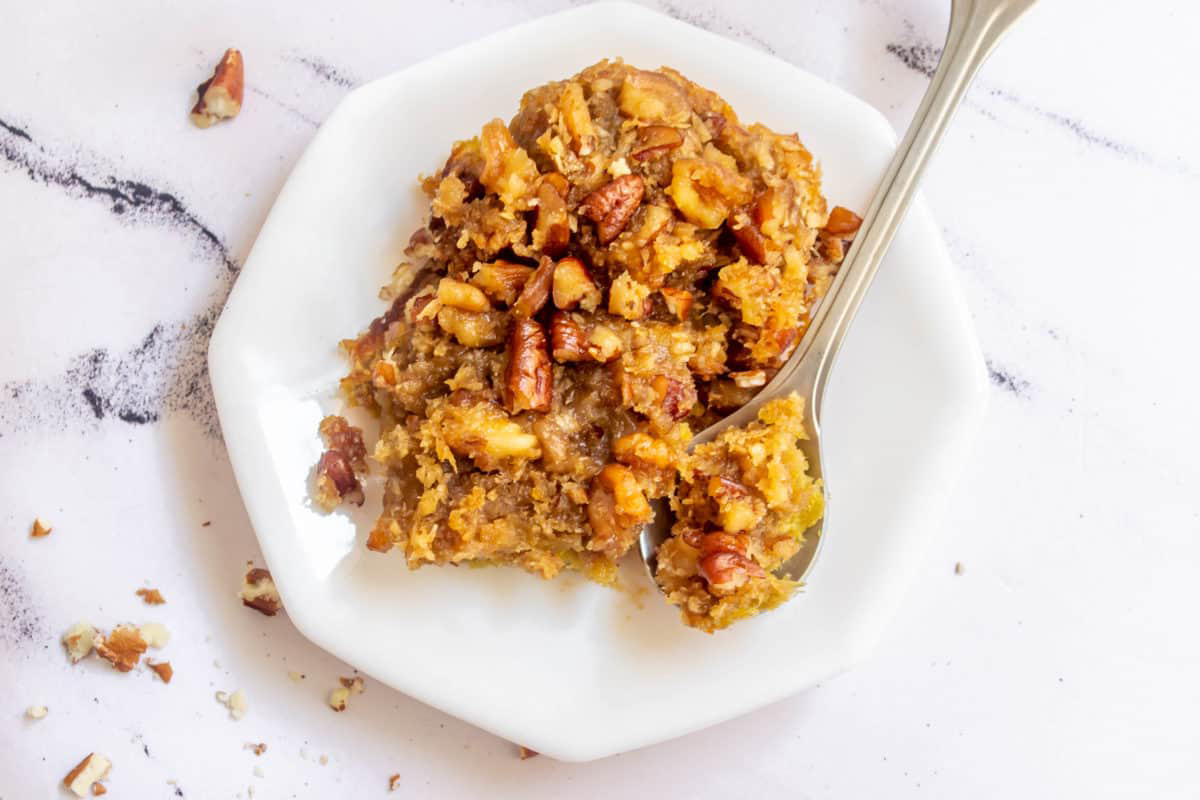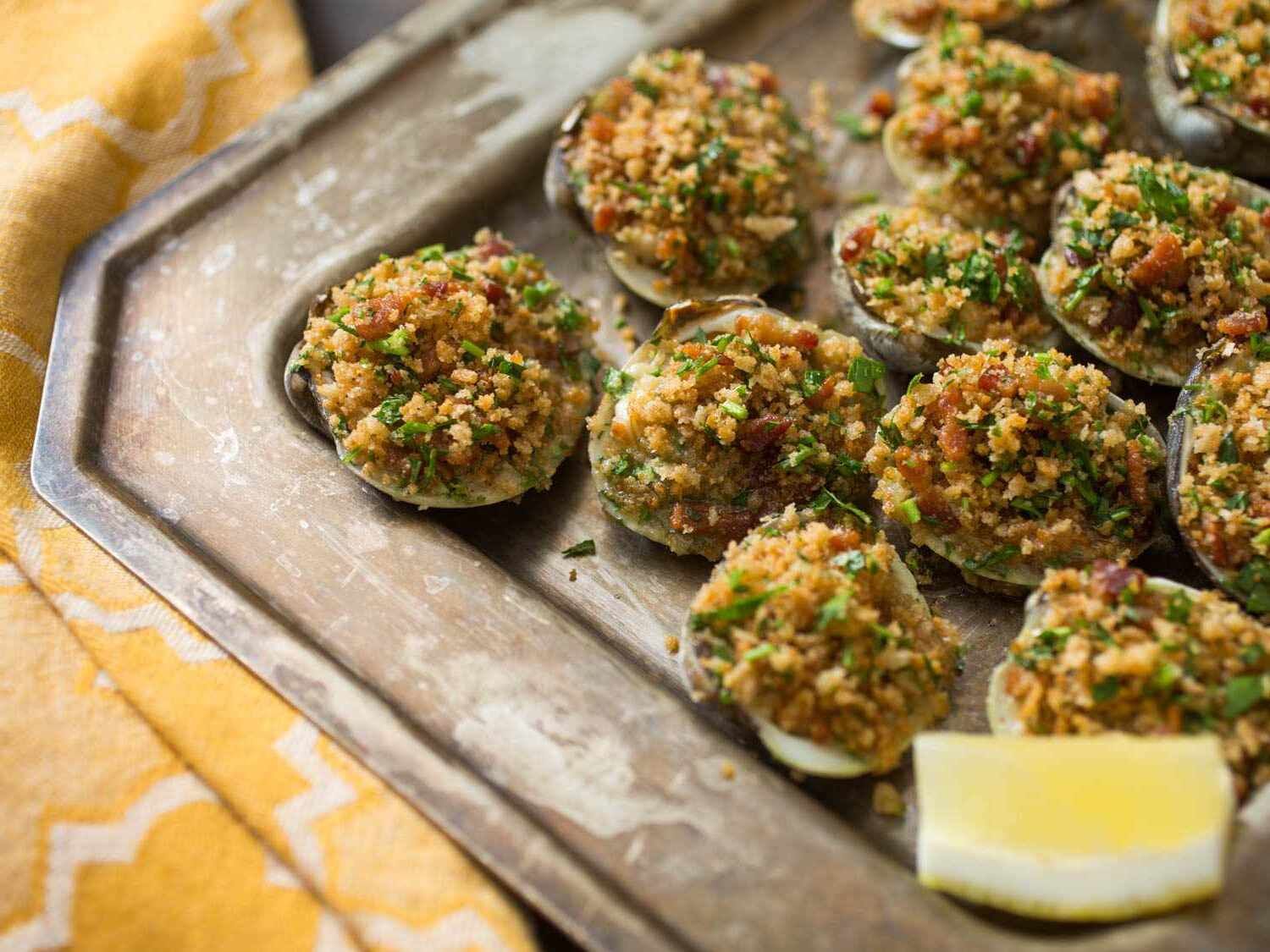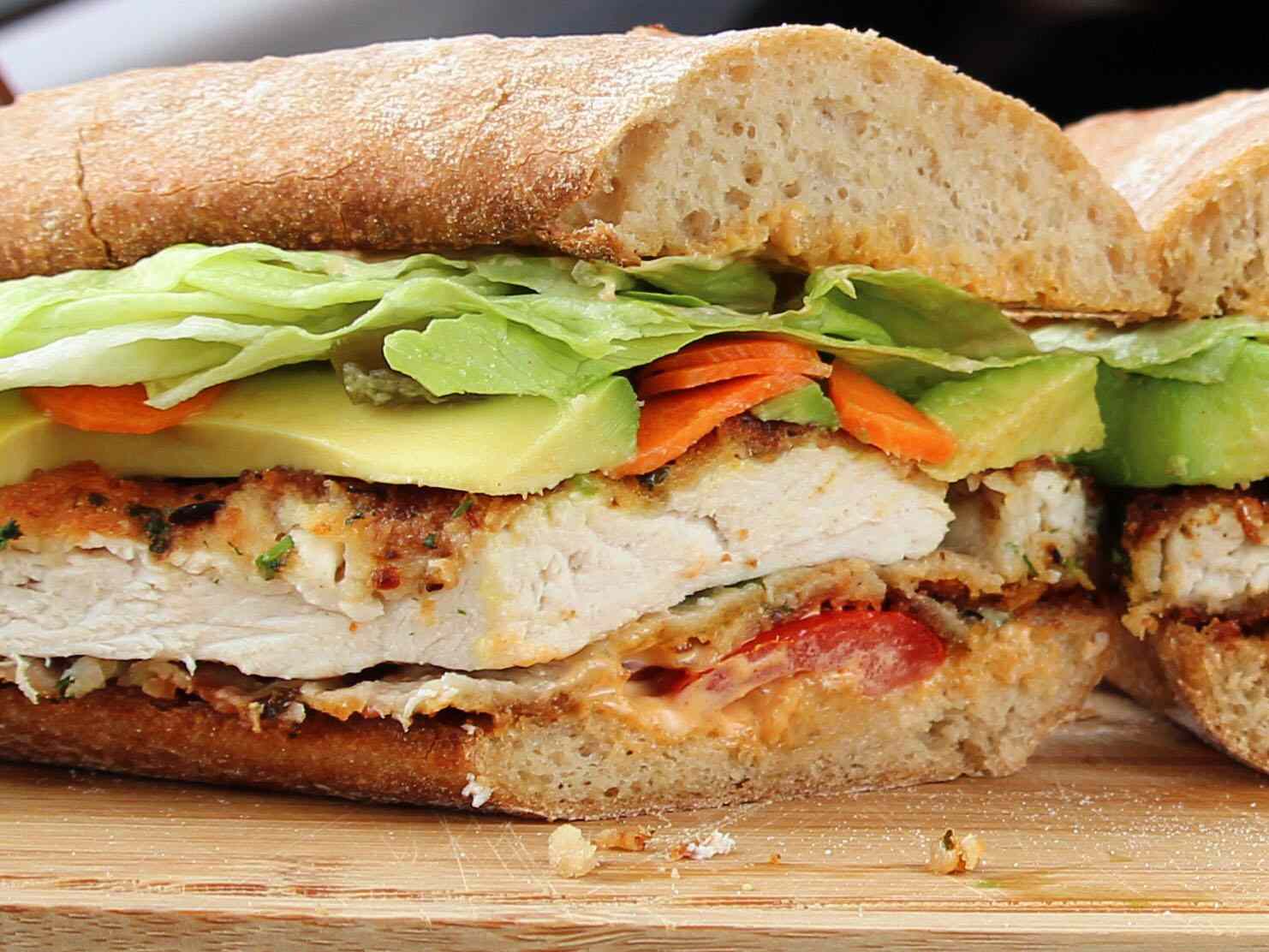Understanding Traditional Yeast in Food
Yeast is a crucial ingredient in many traditional food recipes, playing a key role in the fermentation process. Traditional yeast has been used for centuries to leaven bread, brew beer, and ferment various foods. Let’s delve into the world of traditional yeast and explore its significance in the culinary world.
What is Traditional Yeast?
Traditional yeast refers to the naturally occurring microorganisms, primarily saccharomyces cerevisiae, that are used to ferment food and beverages. Unlike commercial yeast, which is cultivated in a laboratory, traditional yeast is often obtained from the environment or passed down through generations in the form of a starter culture.
The Role of Traditional Yeast in Food
Traditional yeast serves several important functions in food preparation:
- Leavening: In baking, traditional yeast helps dough rise by producing carbon dioxide gas during fermentation, resulting in light and airy bread.
- Fermentation: Traditional yeast is essential for the fermentation of alcoholic beverages such as beer, wine, and mead. It converts sugars into alcohol and carbon dioxide, contributing to the unique flavors and aromas of these beverages.
- Flavor Development: The presence of traditional yeast can influence the flavor profile of fermented foods, adding complexity and depth to the final product.
Examples of Traditional Yeast in Food
Traditional yeast is used in a wide range of culinary applications around the world. Some notable examples include:
- Sourdough Bread: The tangy flavor and characteristic texture of sourdough bread are attributed to the use of a traditional sourdough starter, which contains wild yeast and lactic acid bacteria.
- Sake: This traditional Japanese rice wine is produced through the fermentation of rice with koji mold and yeast, resulting in a complex and aromatic beverage.
- Kefir: A fermented milk drink that is traditionally made using kefir grains, which contain a symbiotic culture of yeast and lactic acid bacteria.
Preserving Traditional Yeast Cultures
Many culinary enthusiasts and artisanal producers are dedicated to preserving and propagating traditional yeast cultures. By maintaining and sharing starter cultures, they ensure that these valuable microbial communities continue to thrive and contribute to the diversity of flavors in traditional foods.
Conclusion
Traditional yeast plays a vital role in the world of food, contributing to the leavening, fermentation, and flavor development of various culinary creations. Its rich history and cultural significance make it an integral part of traditional foodways, and efforts to preserve and celebrate these time-honored yeast cultures are essential for maintaining culinary diversity.
Next time you enjoy a slice of sourdough bread or savor a glass of craft beer, take a moment to appreciate the role of traditional yeast in bringing these culinary delights to life.
Was this page helpful?
Read Next: What Is Tasso?
